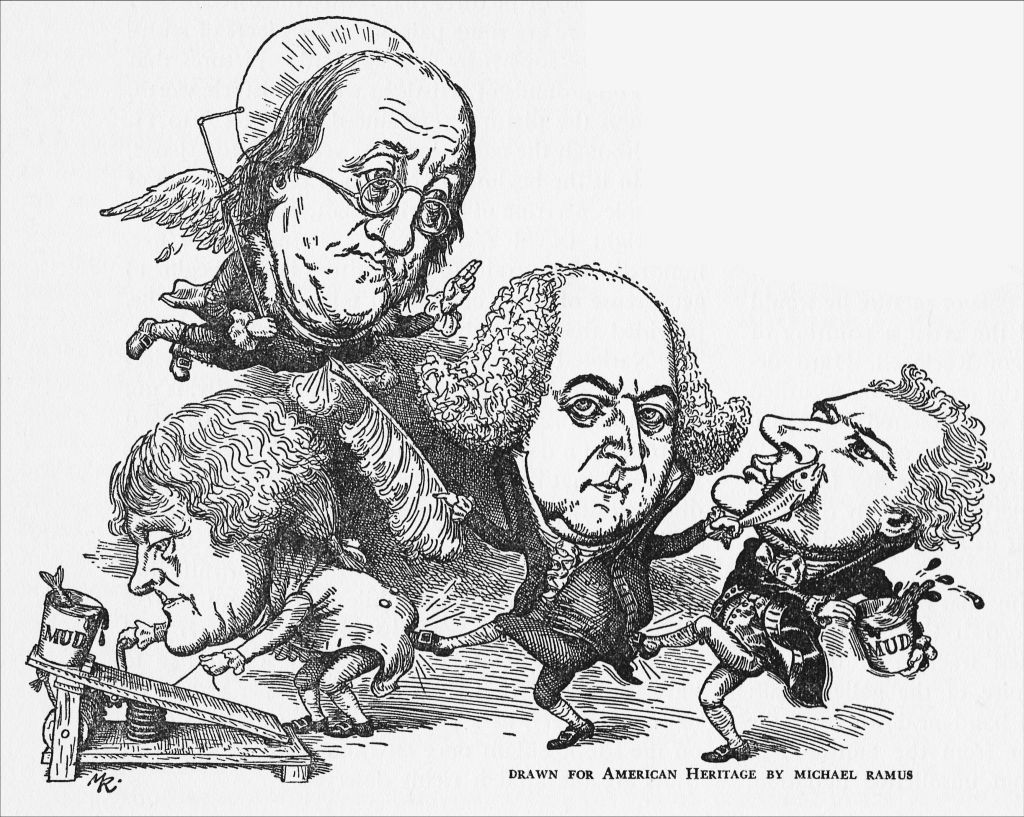Nearby, American sentries nervously fingered their Krag-forgensen bolt-action rifles. The captain was obviously getting nowhere with his exotic visitors, who shook their heads and glared defiance.
The captain wheeled and gave a signal to two lieutenants. One of them snapped an order, and two enlisted men trotted out of the captain’s tent, one carrying a dead pig, and the other a bucket of blood. The captain knew that his turbaned adversaries regarded pigs’ blood as the ultimate defilement; he ladled some from the pail and held it under their noses. He then drew back his arm as if to fling the blood in their faces.

